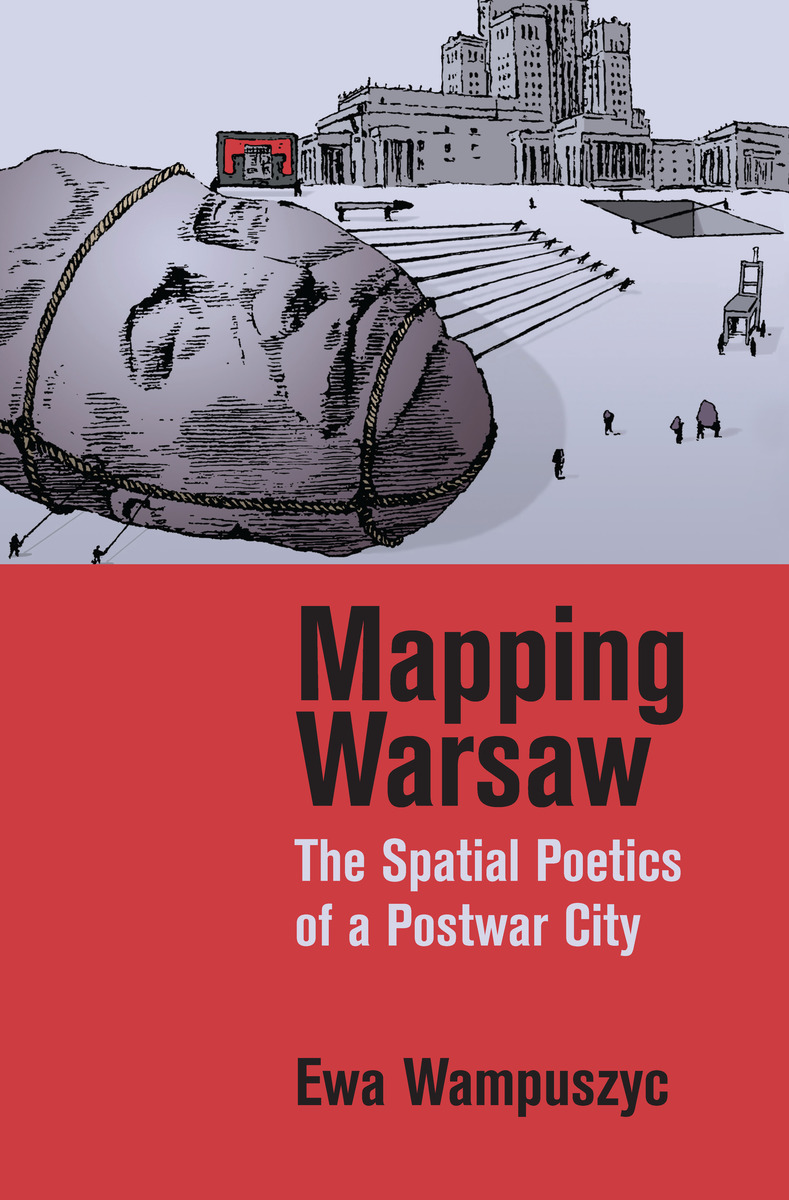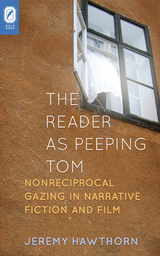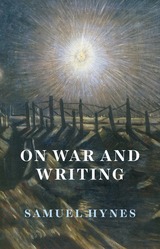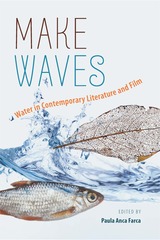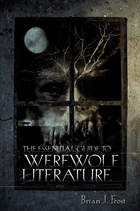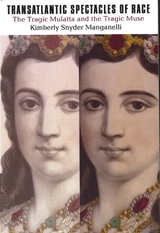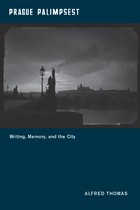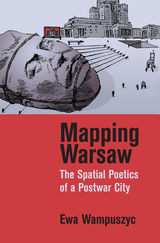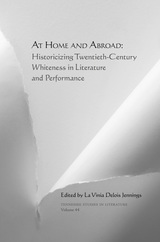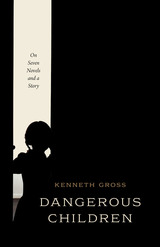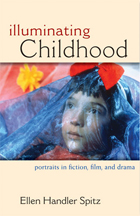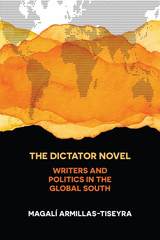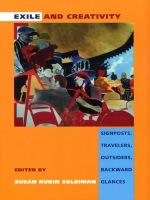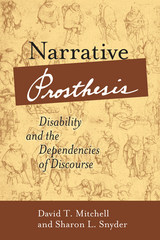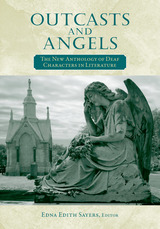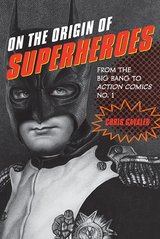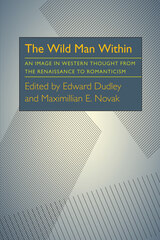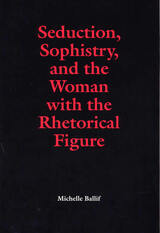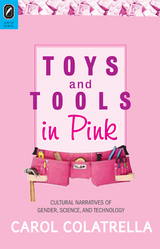Mapping Warsaw: The Spatial Poetics of a Postwar City
Northwestern University Press, 2018
Paper: 978-0-8101-3789-9 | eISBN: 978-0-8101-3791-2 | Cloth: 978-0-8101-3790-5
Library of Congress Classification PN56.3.W37W36 2018
Dewey Decimal Classification 809.9335843841
Paper: 978-0-8101-3789-9 | eISBN: 978-0-8101-3791-2 | Cloth: 978-0-8101-3790-5
Library of Congress Classification PN56.3.W37W36 2018
Dewey Decimal Classification 809.9335843841
ABOUT THIS BOOK | AUTHOR BIOGRAPHY | REVIEWS | TOC | REQUEST ACCESSIBLE FILE
ABOUT THIS BOOK
Inspired by the spatial turn in the humanities and social sciences, Mapping Warsaw is an interdisciplinary study that combines urban studies, cinema studies, cultural studies, history, literature, and photography. It examines Warsaw's post-World War II reconstruction through images and language.
Juxtaposing close readings of photo books, socialist-era newsreels called the Polska Kronika Filmowa, the comedies of Leonard Buczkowski and Jan Fethke, the writing and films of Tadeusz Konwicki, and a case study on the Palace of Culture and Science—a "gift" from none other than Stalin—this study investigates the rhetorical and visual, rather than physical, reconstruction of Warsaw in various medias and genres.
Ewa Wampuszyc roots her analysis in the historical context of the postwar decade and shows how and why Poland's capital became an essential part of a propaganda program inspired by communist ideology and the needs of a newly established socialist People's Republic. Mapping Warsaw demonstrates how physical space manifests itself in culture, and how culture, history, and politics leave an indelible mark on places. It points out ways in which we take for granted our perception of space and the meanings we assign to it.
Juxtaposing close readings of photo books, socialist-era newsreels called the Polska Kronika Filmowa, the comedies of Leonard Buczkowski and Jan Fethke, the writing and films of Tadeusz Konwicki, and a case study on the Palace of Culture and Science—a "gift" from none other than Stalin—this study investigates the rhetorical and visual, rather than physical, reconstruction of Warsaw in various medias and genres.
Ewa Wampuszyc roots her analysis in the historical context of the postwar decade and shows how and why Poland's capital became an essential part of a propaganda program inspired by communist ideology and the needs of a newly established socialist People's Republic. Mapping Warsaw demonstrates how physical space manifests itself in culture, and how culture, history, and politics leave an indelible mark on places. It points out ways in which we take for granted our perception of space and the meanings we assign to it.
See other books on: In motion pictures | In popular culture | Poland | Postwar reconstruction | Warsaw
See other titles from Northwestern University Press
